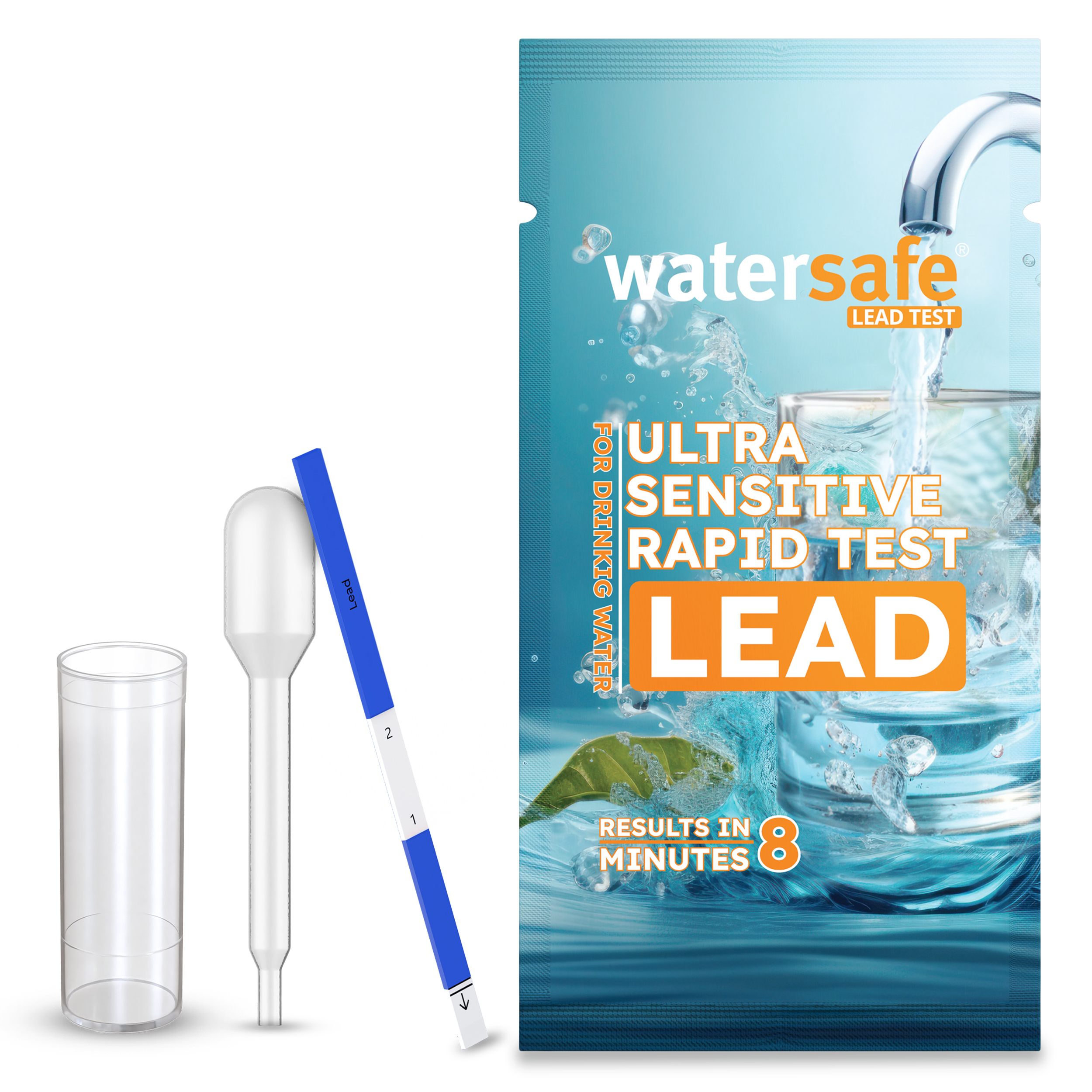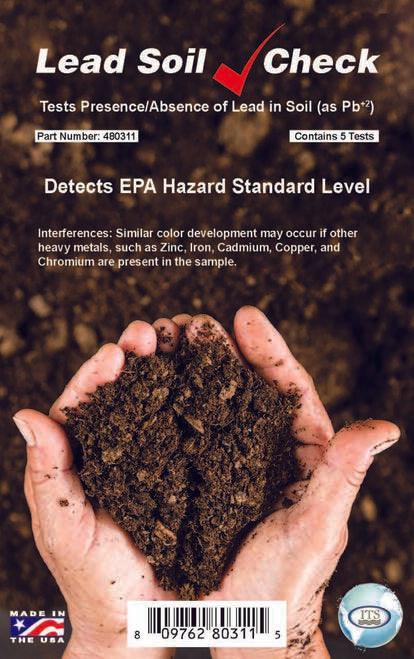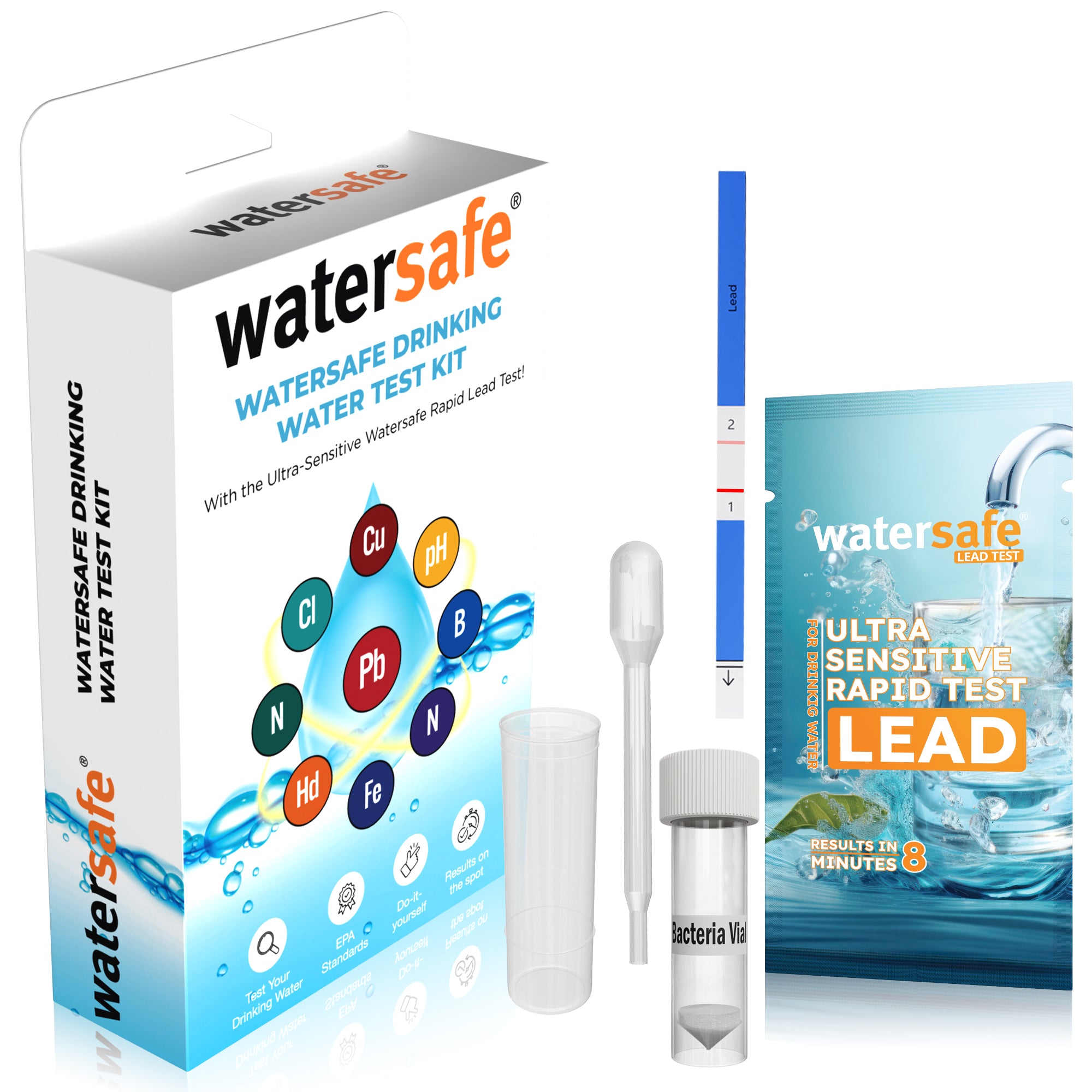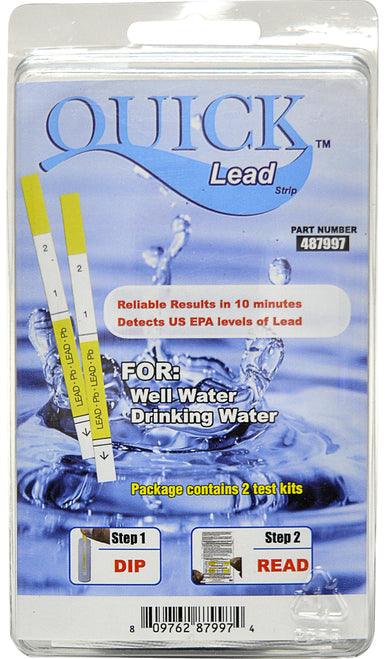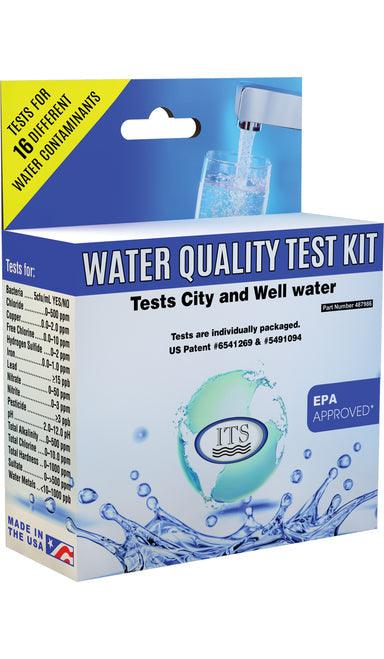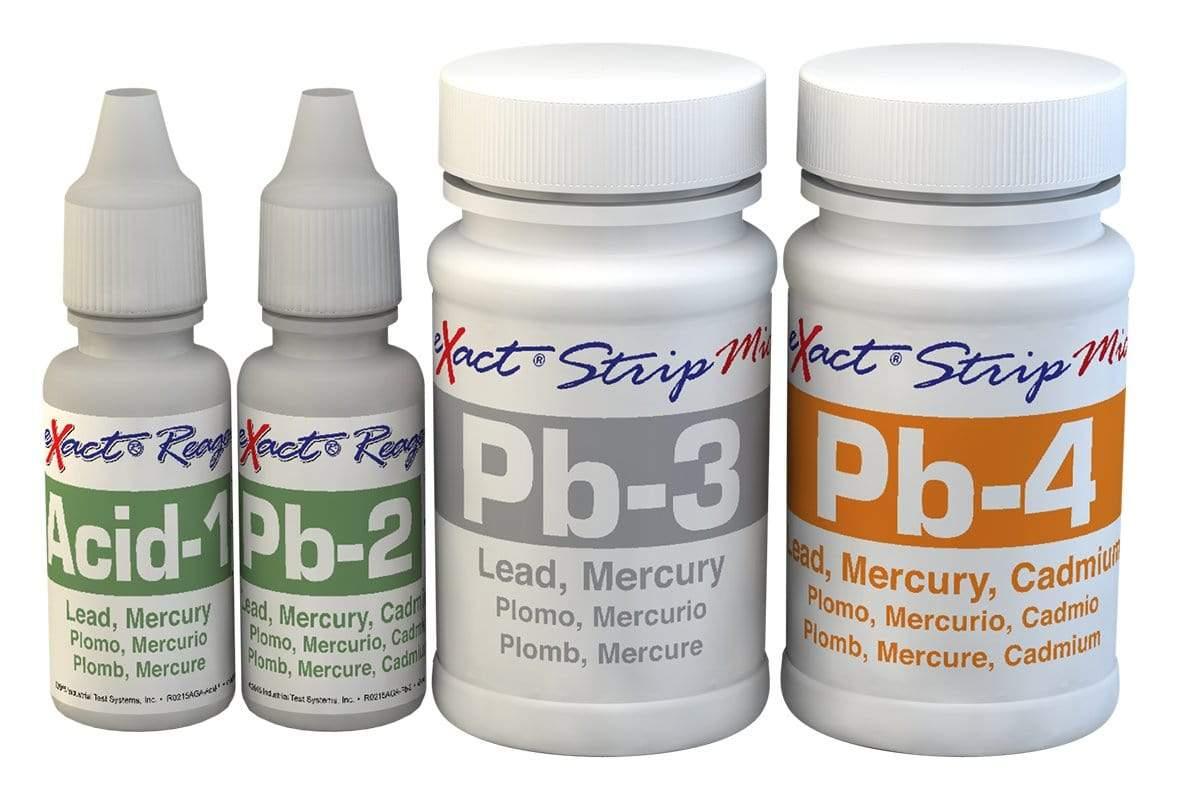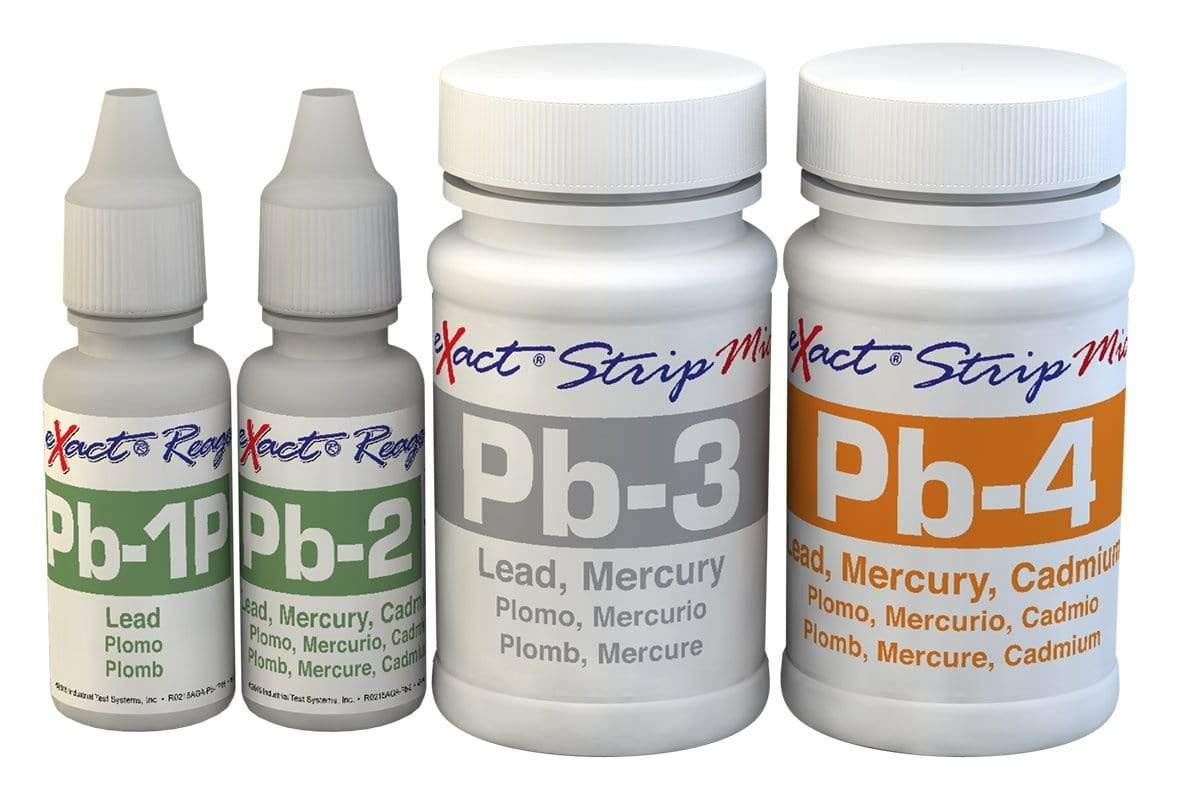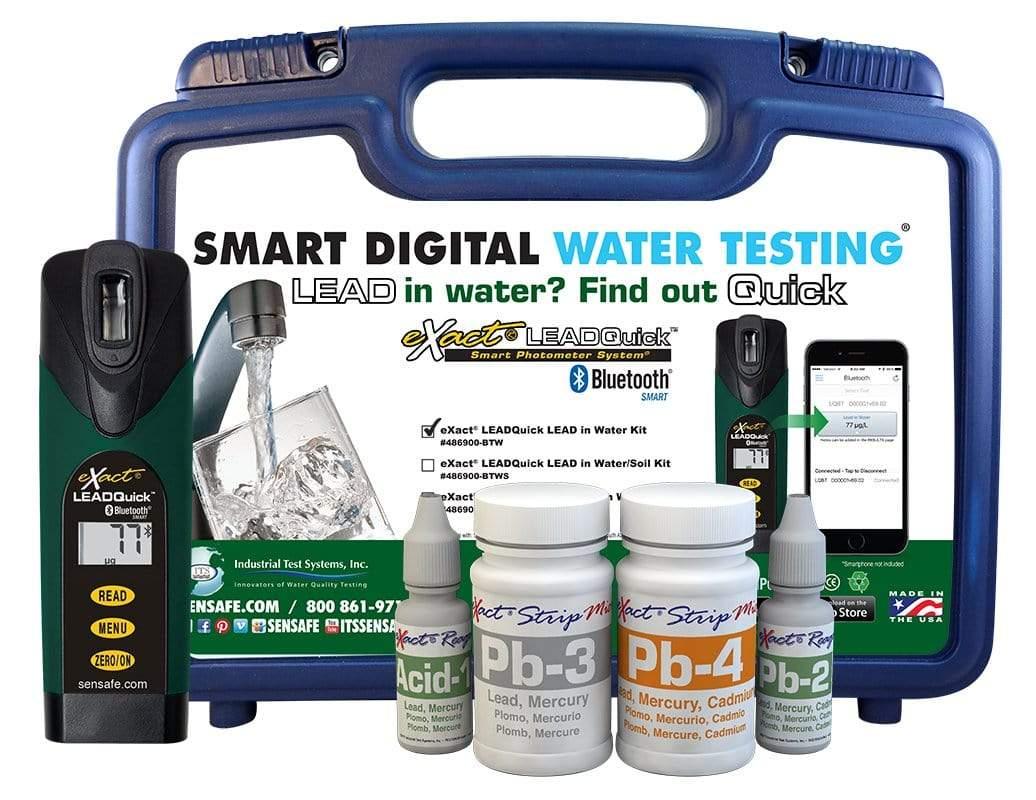Parameter: Lead
Lead in water is a serious concern for many communities and households. Lead is a toxic heavy metal that can cause serious health problems if ingested in high enough concentrations. It is particularly dangerous for young children and pregnant women, as it can cause developmental delays and other health issues. If lead is found in the water, it is important to take steps to remove it. This can include replacing lead pipes, adding a water treatment system, or flushing the pipes to remove any accumulated lead. In addition, it is also important to educate people about the potential risks associated with lead in water and how they can protect themselves and their families. Overall, testing for lead in water is essential in order to identify and address any potential health risks associated with this toxic heavy metal. By taking steps to test and remove lead from water sources, we can help to protect the health and well-being of our communities and households.

